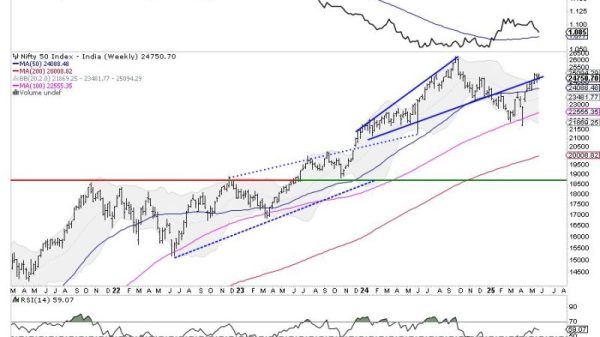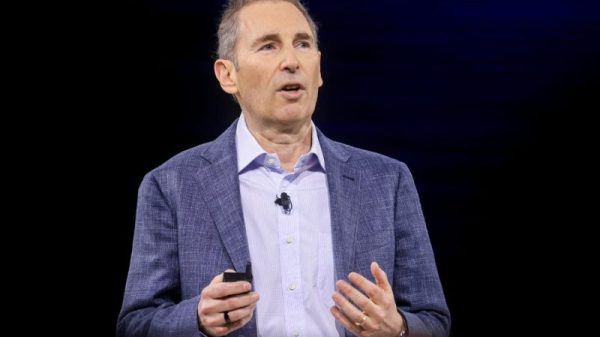Norbert Michel and Jerome Famularo
Last week, Senator Elizabeth Warren (D‑MA) went on X to promote her latest housing reform plan. She claimed the United States has a shortage of seven million homes and then discussed ways to subsidize demand, a surefire way to make shortages worse.
That’s bad enough, but then she asked her X followers, “You ever wonder how your grandparents bought a home for 7 raspberries, but you can’t afford a one bedroom apartment?”
We know that politicians exaggerate. It’s just what they do. And this claim that everything is so unaffordable compared with when your grandparents were your age has been a favorite populist talking point for decades. Still, though Warren may have been joking about the raspberries, her example shows how far off these kinds of claims really are—she’s off by almost a factor of one million, depending on exactly whose grandparents we’re talking about.
As the chart in this post shows, between 1963 and 2023 the average house in the United States never cost less than three million raspberries. So a bit more than seven. (We dug up some old raspberry data from the state of Washington, made a few assumptions, including one about the weight of the typical raspberry, and then compared the average raspberry price with the annual median US house price.)
Yes, the typical American house now costs almost six million raspberries, whereas it cost only about four million in the early 1960s. But the data do not display a steadily increasing trend, and those older houses were only about 300 square feet per person, three times less than today’s 924 square feet. And those houses were likely to have asbestos roofs, lead pipes, and no Wi-Fi.
Americans are generally not buying the same houses that they were in the 1960s. And that’s partly because income growth for the typical American has been strong. Regardless, the homeownership rate—though it increased (because of awful federal policies) in the run-up to the 2008 financial crisis—has hovered around 65 percent for decades, even as the population grew by more than 150 million people.
No matter which fruit politicians want to price homes in, it’s simply not the case that everyone is worse off now than their grandparents. And if Congress really wants to do something about housing affordability, they’ll get rid of all the federal policies that subsidize demand. Sooner rather than later would be great.



























